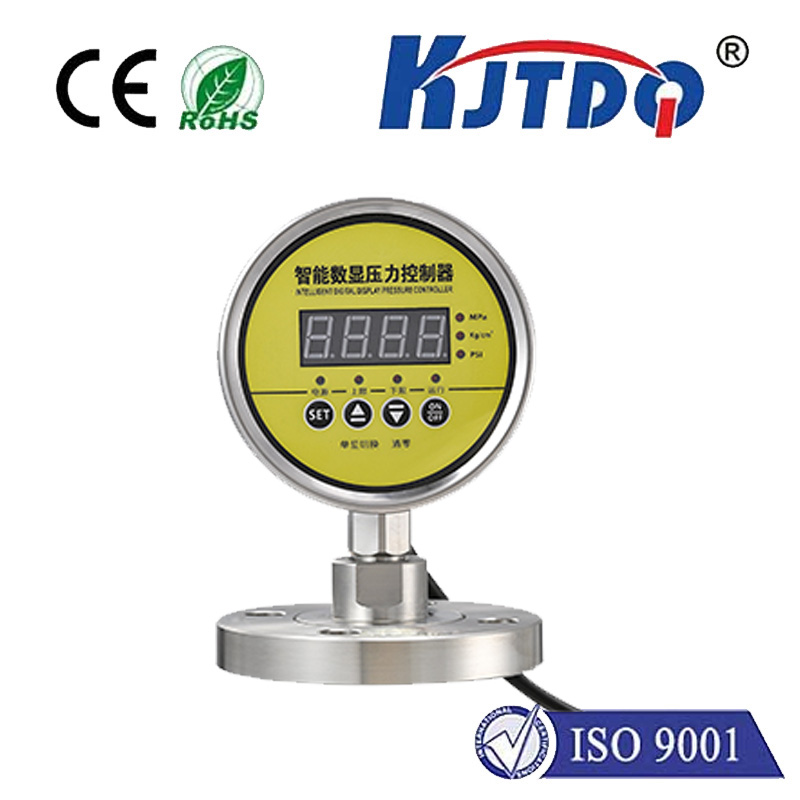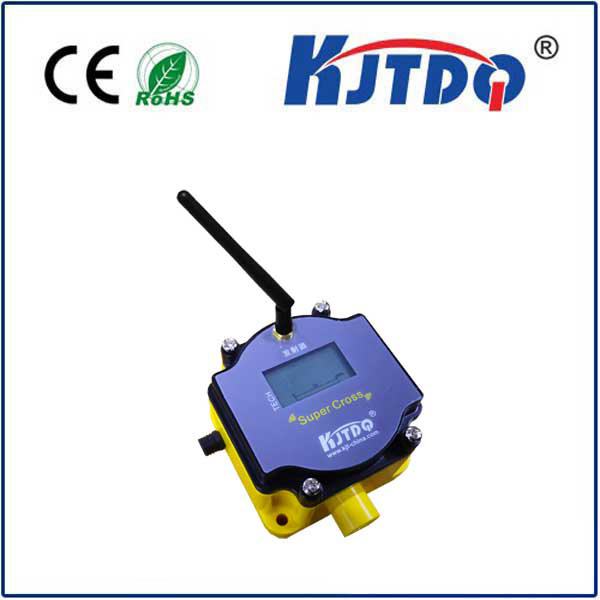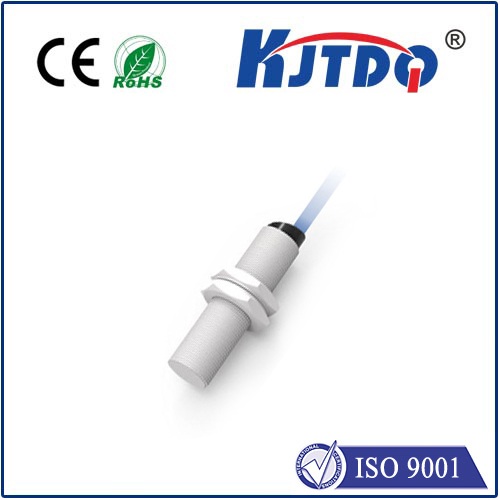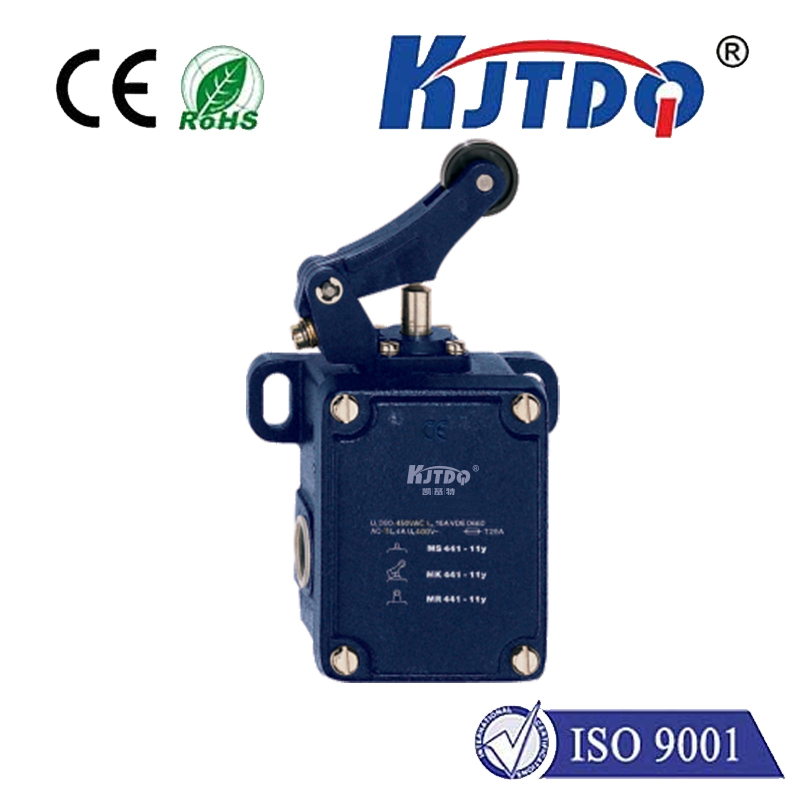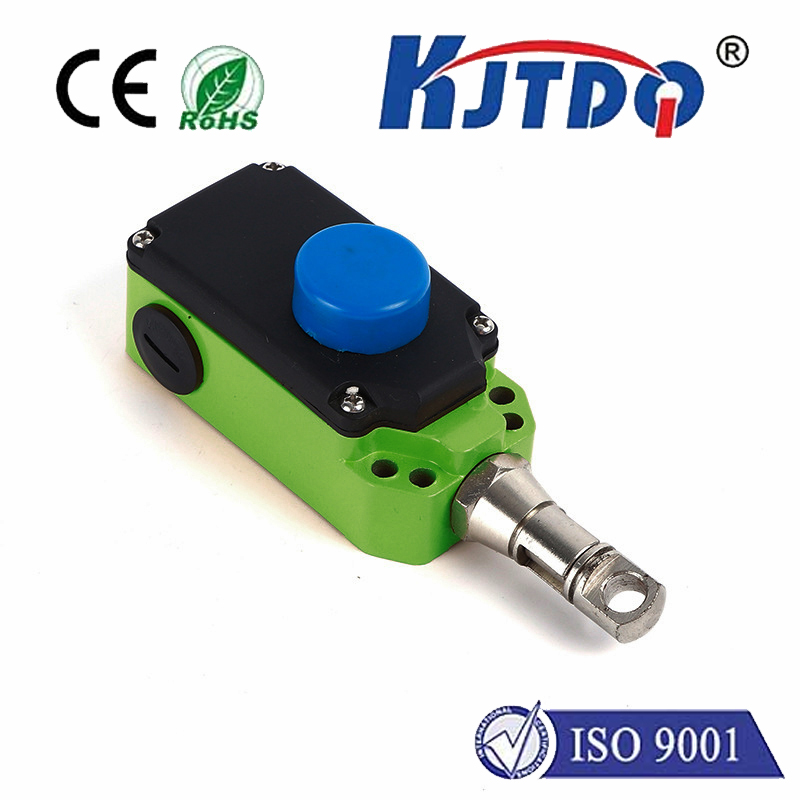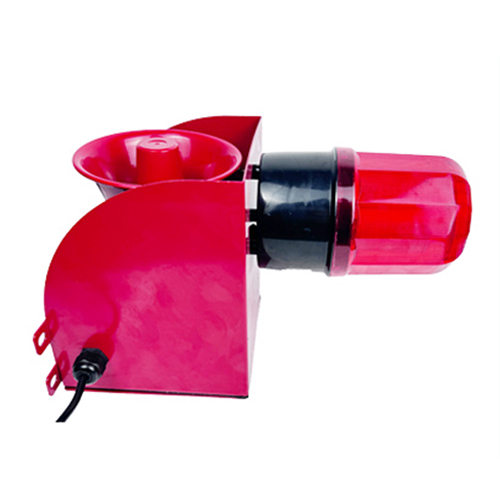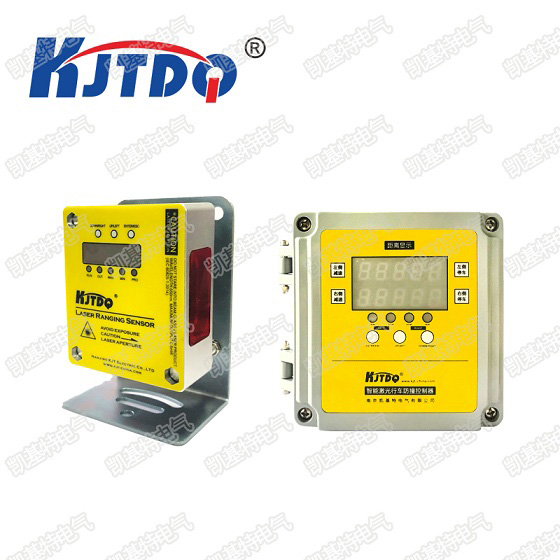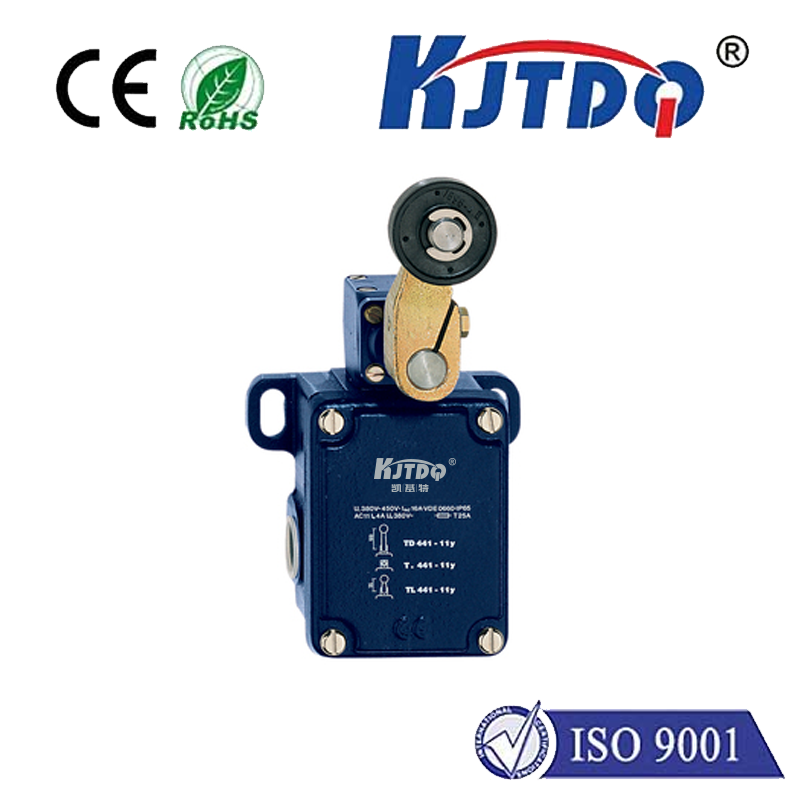thru beam sensor
- time:2025-08-13 13:36:14
- Click:0
Through-Beam Sensors: The Unwavering Sentinels of Industrial Automation
Imagine a high-speed bottling line operating blind. Cartons careen off track, bottles smash unnoticed, and machinery collides catastrophically. Chaos reigns without the silent, vigilant guardians ensuring order and safety: through-beam sensors. Often called thru beam photoelectric sensors, these workhorses are fundamental to countless automated processes, offering unmatched reliability and precision in object detection. Understanding their core principles and advantages is crucial for designing robust and efficient industrial systems.
At its heart, a thru beam sensor consists of two distinct components: a light emitter (transmitter) and a light receiver (detector), positioned directly opposite each other. The transmitter projects a concentrated beam of infrared or visible light towards the receiver. The core operating principle is elegantly simple and exceedingly reliable: detection occurs when an object physically interrupts this beam of light. The receiver constantly monitors the incoming light intensity. When the beam is intact, the receiver signals “clear.” The moment an object blocks the beam, the receiver instantly registers the absence of light and signals “object present.”

This “break-beam” method delivers several critical advantages over other sensing technologies like diffuse-reflective or retro-reflective sensors:
- Exceptional Range and Beam Strength: Through beam sensors boast the longest sensing ranges within the photoelectric family. Because the light travels directly from emitter to receiver without relying on reflection, the beam maintains its intensity over significantly greater distances – often meters, far exceeding the capabilities of diffuse sensors. This powerful, direct beam is also highly resistant to interference from ambient light, dust, steam, or dirt on the lenses compared to reflective types.
- Superior Reliability and Precision: Detection is binary and unambiguous. Either the beam is intact (no object), or it’s broken (object present). There’s no ambiguity caused by varying reflectivity, color, or surface texture of the target object that can plague diffuse sensors. This makes thru beams infallible for detecting virtually any opaque object, regardless of surface finish, color, or material composition (within physical beam-blocking limits). Their switching points are highly precise and repeatable.
- Blazing Speed: The direct path and clear signal state change enable extremely fast response times. Thru beam sensors can reliably detect objects moving at very high speeds or events happening in sub-millisecond intervals, making them ideal for high-throughput counting, registration, and safety applications.
- Environmental Resilience: The separation of components often allows for more robust housings tailored to specific mounting points. Furthermore, since the receiver isn’t detecting scattered reflections (like diffuse sensors), it’s inherently less susceptible to stray light interference from other sources within the workspace.
These defining characteristics make thru beam photoelectric sensors indispensable across a vast spectrum of industrial applications:
- Object Detection & Counting: The quintessential use case. Precisely detecting products on conveyor belts (bottles, boxes, parts), verifying presence in assembly stations, counting items passing a point (e.g., pills, fasteners).
- Machine Safety: Forming the backbone of safety light curtains. Arrays of thru-beams create an invisible barrier; any beam break immediately signals a machine to stop or enter a safe state, protecting personnel from hazardous motion.
- Position Verification & Registration: Ensuring parts are correctly positioned before a process (e.g., welding, stamping, filling) or verifying the open/closed status of doors, gates, or guards.
- High-Speed Labeling & Packaging: Accurately triggering applicators at precisely the right moment as products or packaging move rapidly down a line.
- End-of-Line Checks: Verifying the presence of caps, labels, or components on finished goods.
- Material Handling: Detecting pallets at load/unload stations, confirming bin levels by sensing blockage at a chute entry, or triggering diverter gates.
- Printing & Converting: Precise web break detection on paper, film, or foil rolls.
Selecting the right thru beam sensor is vital for optimal performance. Key considerations include:
- Sensing Range: Match the required distance between emitter and receiver.
- Beam Strength & Modulation: Opt for modulated infrared light (typically 1-10 kHz) for superior immunity to ambient light interference. Higher power beams penetrate dusty or steamy environments better.
- Housing & Mounting: Choose materials (metal or rugged plastic) and form factors suitable for the environment (washdown, chemical exposure, physical shock) and mounting constraints. Long-bracket or separate housings are common.
- Output Type: Standard options include Discrete (PNP/NPN) and Analog Current. Discrete is most common for presence/absence; analog is used for precise position or edge detection variants.
- Special Features: Consider models with synchronization capabilities to prevent crosstalk when multiple sensors are close together, polarization filters for detecting shiny objects, or specialized lenses for concentrated or wider beam patterns. Reliability here is non-negotiable for process integrity.
While setup requires mounting two separate components and aligning the beam (achieved via indicators or audible signals on many models), the payoff in unwavering reliability and precision is immense. Modern thru beam sensors are designed for easier alignment than their predecessors.
Thru beam sensors are not just components; they are the fundamental guardians of automated workflows. Their inherent robustness, long-range capability, and immunity to tricky target surfaces make them the go-to choice for applications demanding infallible object detection. From preventing catastrophic machine collisions to ensuring every bottle gets capped perfectly, these “unwavering sentinels” provide the critical feedback that keeps modern industry running safely, efficiently, and predictably. As automation continues its relentless advance, integrating Industrial IoT (IIoT) capabilities, the core function of the thru beam photoelectric sensor – reliably detecting the presence or absence of an interrupting object – remains a cornerstone of intelligent manufacturing and material handling.












